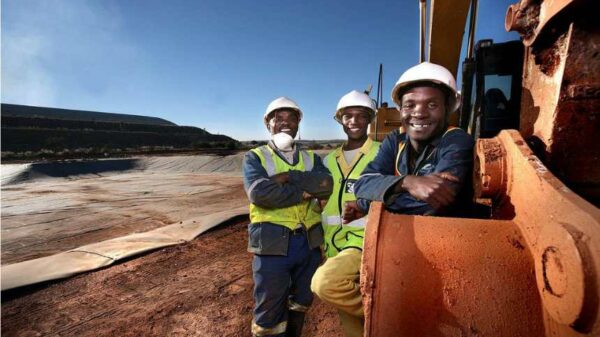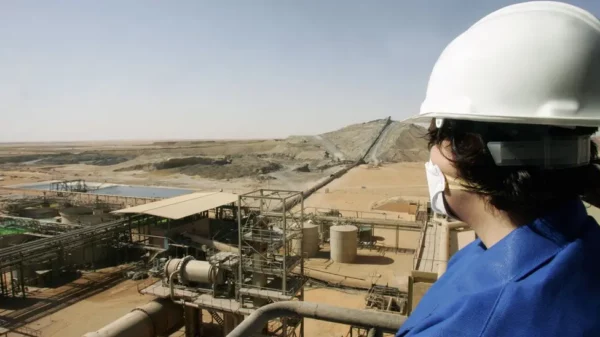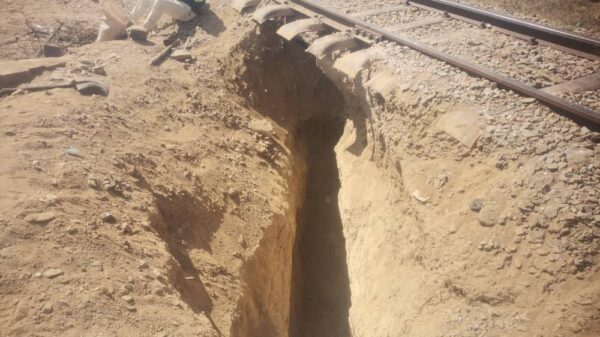The consequences of Mali’s new mining code may be coming home to roost as new data comes out showing a substantial decrease in gold production for the west African country.
Mali’s gold production dropped 23 per cent to 51 metric tons last year from 66.5 tons in 2023, according to the country’s mines ministry on Monday.
Mali ranks among Africa’s top gold producers and hosts industrial mines operated by multiple international companies. Among these are such companies as Barrick Gold (TSE: ABX) (NYSE: GOLD), B2Gold Corp (TSE: BTO) (NYSE: BTG), Resolute Mining (LON: RSG) (ASX: RSG), and Hummingbird Resources (LON: HUM).
Furthermore, the reported output excludes Barrick Gold’s production numbers because of a dispute with Mali’s military-led government over a mining law introduced in 2023.
Barrick suspended operations at its Loulo-Gounkoto mine last month after authorities seized its gold reserves by helicopter.
Since November, authorities have detained four of its employees on charges including money laundering and financing of terrorism. The company denies this vehemently.
Several mining chief executives told Reuters this week that Mali’s new mining code makes investing in new mines or acquiring operations in the country uneconomical. Specifically, the new mining code raises taxes and forces companies to hand over large stakes to the state.
Mali’s government claims that mining companies, including Barrick, have not been paying their fair share of taxes. Meanwhile, a ministry document reported that Mali’s gold production fell below 60 tons for the first time in over three years.
If Barrick had met its December forecast of 1.7 tons, total production would have reached 52.7 tons.
Read more: Calibre Mining needs skilled crew for Valentine, prepares to host Newfoundland open house
Read more: Calibre Mining’s mineral resource estimate in Talavera gives reasons for optimism
Barrick Gold is Mali’s largest gold producer
A mines ministry official told Reuters that the government’s conflict with mining companies may have caused the lower output. The official also added that the sector faces a crisis of confidence after authorities ordered foreign companies to comply with the new mining code and arrested employees and executives.
Ministry data shows that Barrick Gold remains Mali’s largest gold producer. It had an output of 19.4 tons in 2024, excluding December production. B2Gold immediately follows, 13.7 tons and Resolute Mining at 7.2 tons. The mines ministry estimates that artisanal mines produced about 6 tons. This brings Mali’s total gold production in 2024 to an expected 58.7 tons.
Furthermore, several African countries have imposed aggressive tax and regulatory changes to extract more revenue from gold mining companies.
Tanzania led the way in 2017 when it slapped Barrick Gold’s Acacia Mining with a USD$190 billion tax bill. It also introduced new laws giving the government the right to renegotiate mining contracts. The crackdown forced Barrick to restructure its Tanzanian operations under a joint venture with the state.
Ghana, Africa’s largest gold producer, raised mining royalties and tightened local content requirements. In 2023, the government demanded that mining companies sell a portion of their gold to the central bank to support its struggling currency, squeezing miners’ revenues.
South Africa was once the world’s top gold producer. It has driven companies away with rising taxes, stringent labor laws, and costly power shortages. The government has also pressured mining firms to increase Black ownership under its Broad-Based Black Economic Empowerment policies.
Zimbabwe took an even harsher approach by forcing gold miners to sell most of their output to the central bank at below-market rates. This drained profits and discouraged investment.
.
joseph@mugglehead.com














